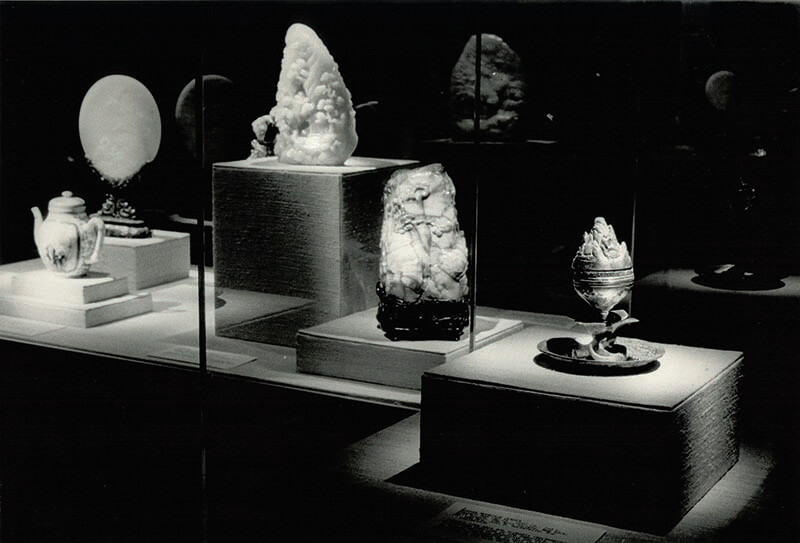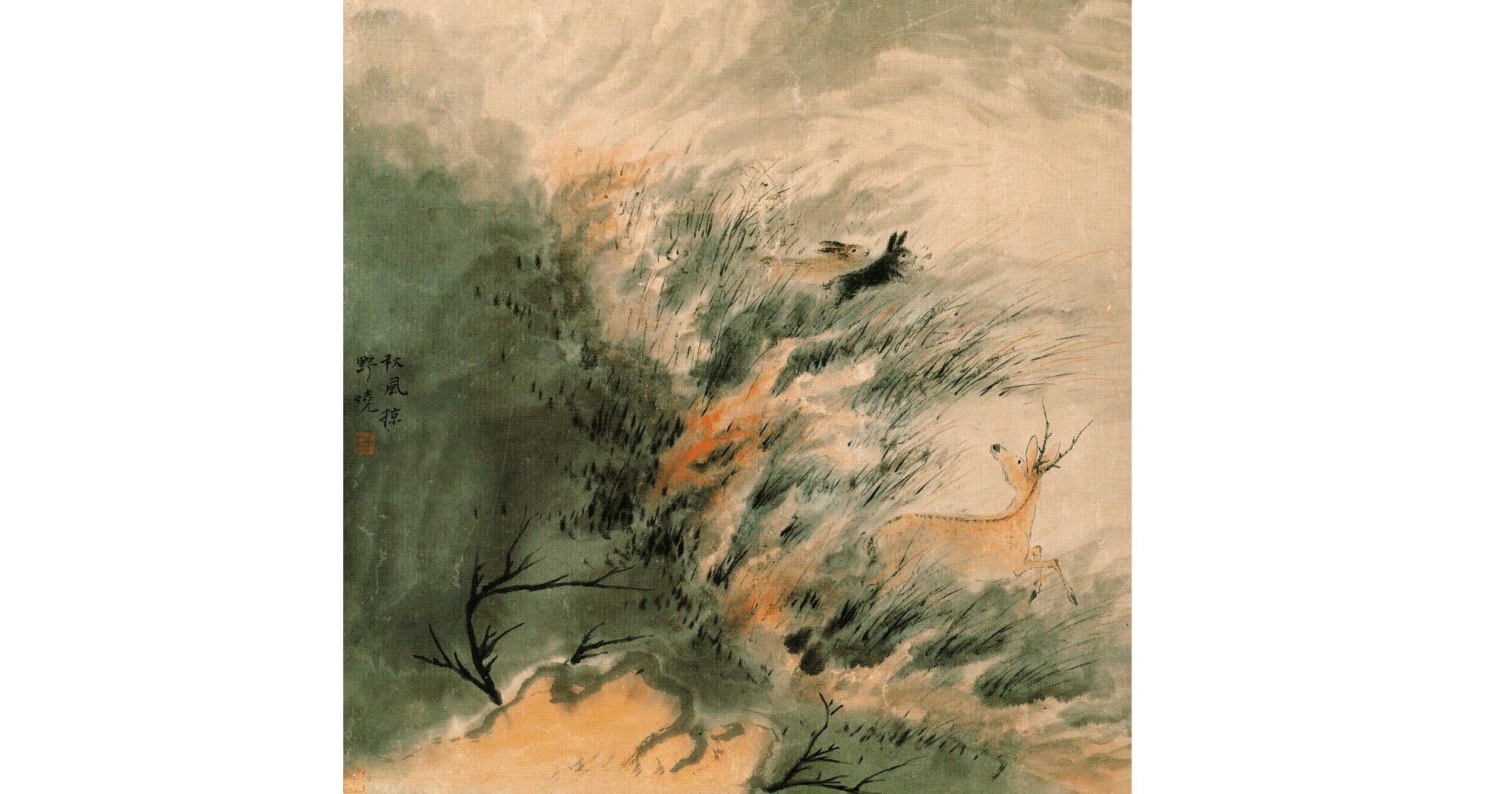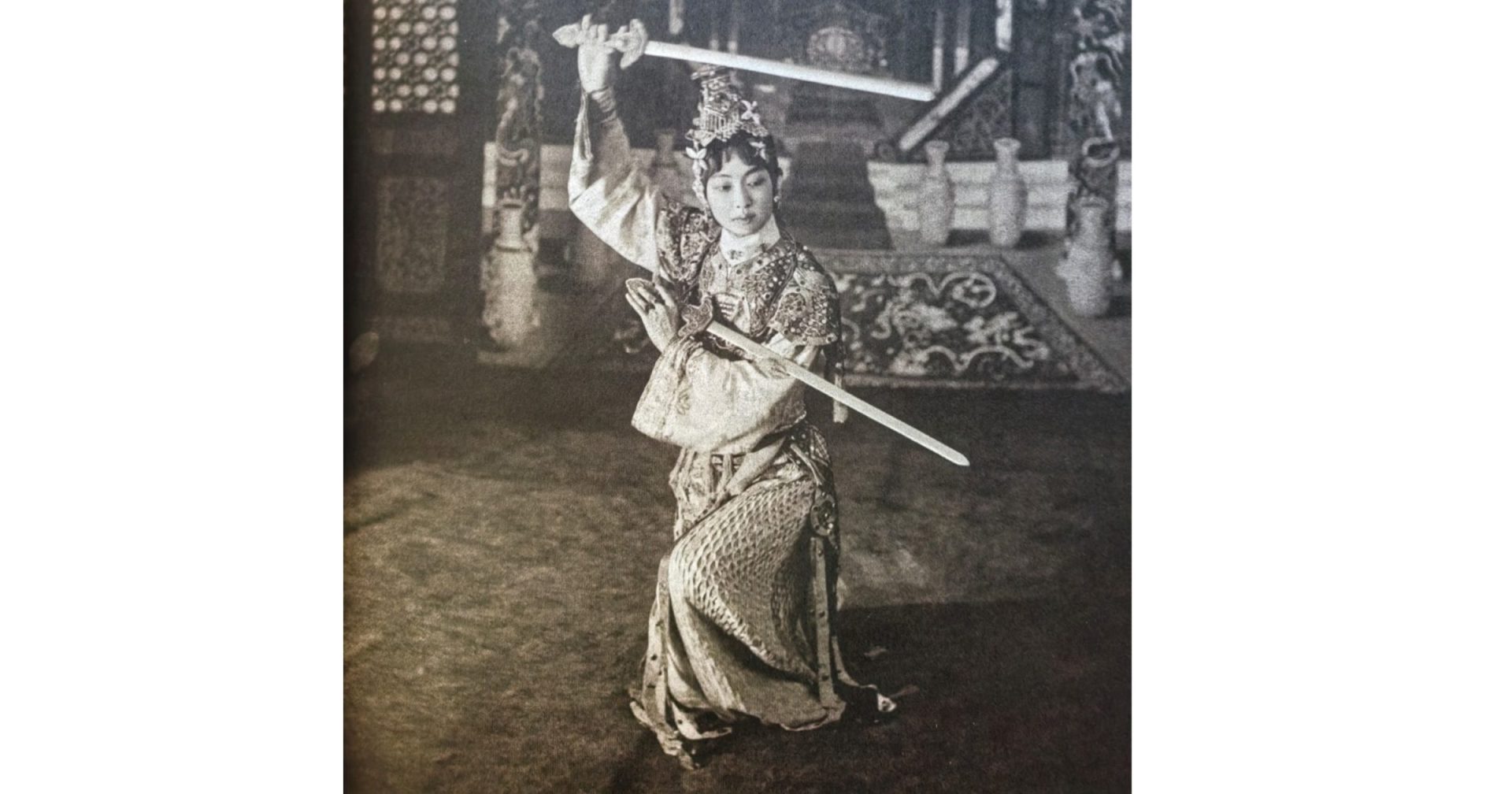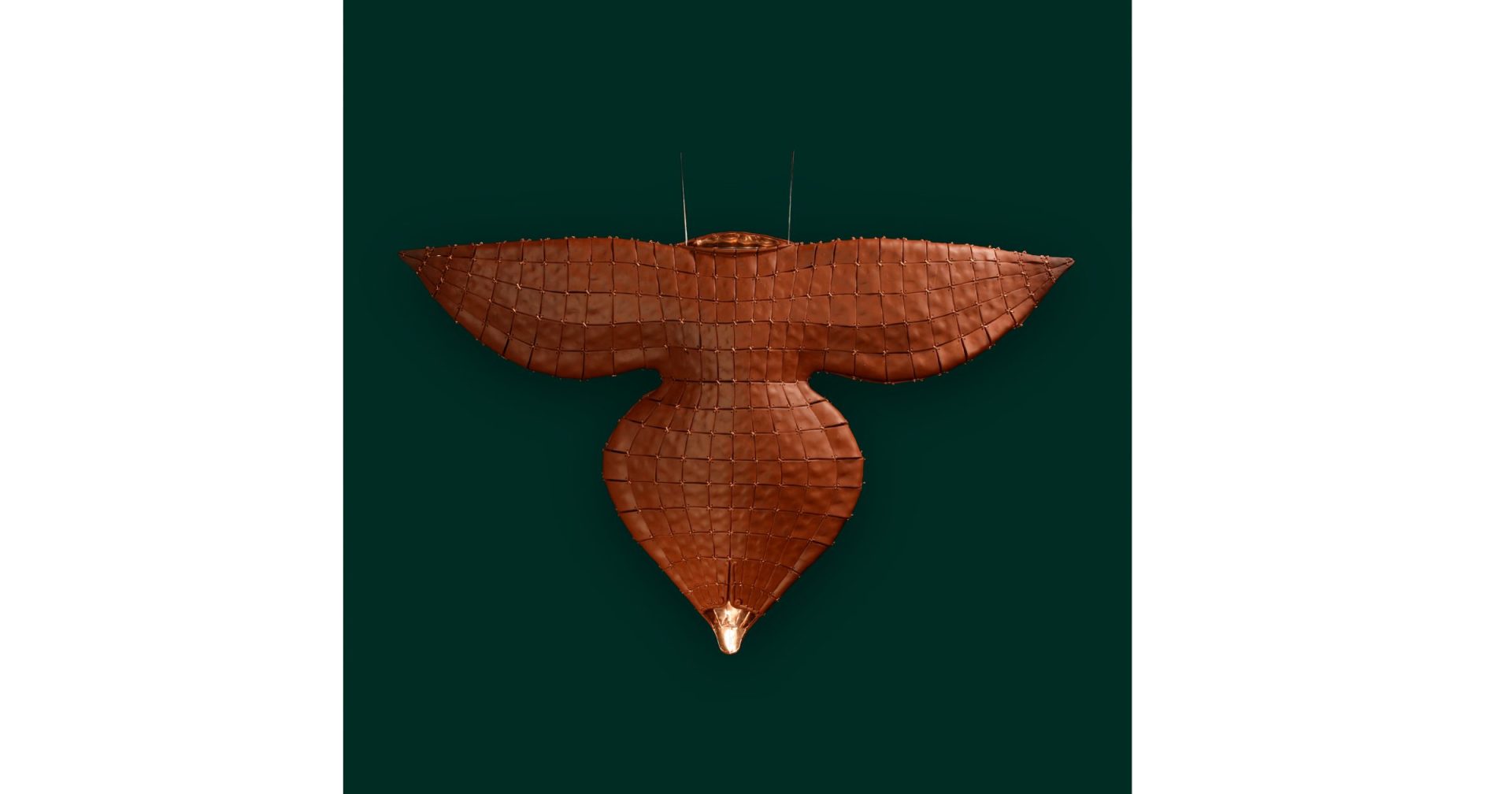Neither Chinese landscape painting nor garden design, two of China’s most outstanding contributions to the art and architecture of the world, could exist without rocks. Chinese value rocks for their philosophic and aesthetic significance as they found expression in traditional Chinese connoisseurship. Rocks are both the frame of a garden and the focus of visual attention. Earth and flowers are fitted into and around this fundamental structure. Paintings of mountains and gardens also feature anthropomorphized rocks. This ground-breaking exhibition presented more than fifty representations of rocks and mountains in all media, with a large number of paintings in all sizes, as well as actual rocks for scholars’ desks and “found” sculptures.

Kernels of Energy, Bones of Earth: The Rock in Chinese Art
力源地骨:中国艺术中的赏石
October 26, 1985 – January 26, 1986
Media Coverage
- Michael Brenson, “Art: ‘Kernels Of Energy,’ How Chinese See Rocks,” The New York Times, January 3, 1986.
“Despite the show’s modest size – it contains 50 works, many of them small – it seems big. Through his selection of sculptures and paintings and his invaluable catalogue, John Hay of New York University’s Institute of Fine Arts sets out to survey the rock in Chinese culture. Since for the Chinese everything in the natural world was interrelated and filled with religious and philosophical meaning, a serious handling of the rock throws open the doors to just about everything.”
- John Hay, “The Rock and Chinese Art,” Orientations, December 1985. 107
Related Programs
- Curator’s Lecture: Dr. John Hay, “Principles of Rock Appreciation” (November 5, 1985).
- Lecture Series (November 12–December 10, 1985): Alfreda Murck, “Ming Garden;” Edwin T. Morris, “The Drama of Rocks in the Chinese Garden;” Peter H. Wood and David P.K. Wood, “Mountaineering in Western Sichuan;” Dr. H. Paul Varley, “Rocks in Japanese Aesthetic Tradition;” Jean Mailey, “Rocks and Mountains in Chinese Textile Design.”
- Symposium: “The Rock in Chinese Art” (November 15, 1985).
Related Events

September 10, 2026 - January 3, 2027
Founded in 1966, the China Institute Gallery has presented the history of Chinese art from antiquity to the present through superb and thought-provoking...

March 5 - July 19, 2026
Step into the vibrant world of Mei Lanfang, the 20th-century’s greatest performer of Peking Opera, whose sensational 1930 American tour forever changed...
No related events found
